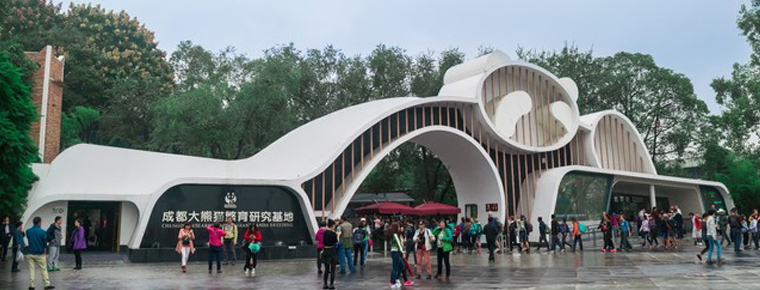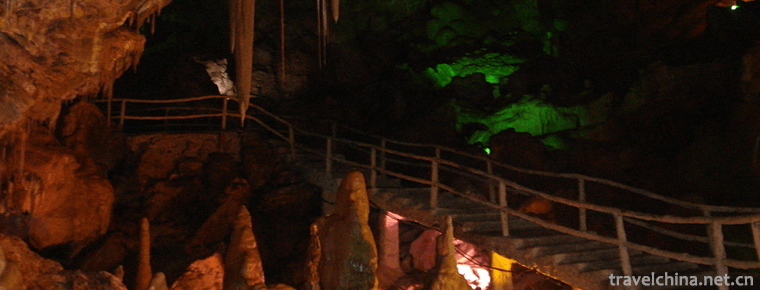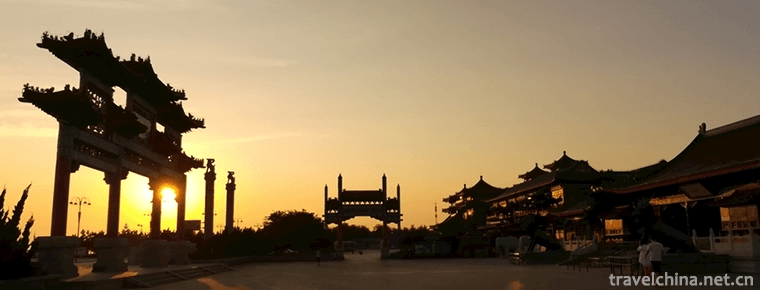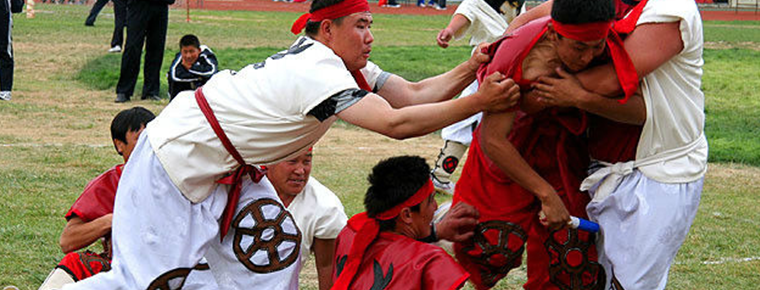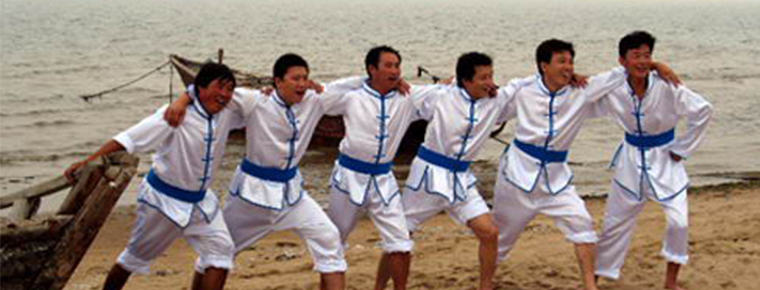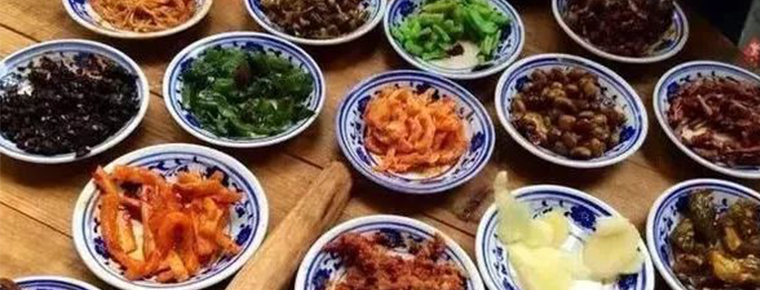National characteristics of Chinese embroidery
National characteristics of Chinese embroidery
Nationality is the distinctive feature of Qinghai Folk Embroidery. In the long process of development, Qinghai embroidery has formed its own unique style. Due to the consistency of language, religious belief, festival etiquette, culture and entertainment, the content and form of living customs and habits and hobbies, a nation must reflect its unique spirit and consciousness in folk art, especially embroidery, which is closely related to people.
Because of their belief in Tibetan Buddhism, Tibetan and Mongolian embroidery mostly reflects religious contents such as auspicious eight treasures, lion like Ruiyun, and quite a number of embroidery directly serve religion.
Puyang embroidery
Embroidery is a traditional folk craft in Puyang, and the needling techniques used in Puyang embroidery are all traditional techniques of song embroidery. People who are ignorant of embroidery on both sides of the Yellow River are not familiar with embroidery. Embroidery can be seen from the eyes, such as children's shoes and hats, bellybirds, shields, etc. among them, the drama clothing produced by sun Zejiang has a high reputation in Northern Henan for its exquisite workmanship, gorgeous design and exquisite embroidery.
Tibetan embroidery
Tibetan embroidery absorbs the composition technique of Thangka and learns the skill of Han nationality embroidery. The embroidery pays attention to the ornamental value and pursues the shallow relief and magnificent artistic effect. Tibetan embroidery is highly decorative. Many patterns are skillfully combined into a harmonious layout of intertwining and mutual knotting, reflecting the national character of unity, fraternity and non separation.
Miao embroidery
Embroidery, like batik, is one of the most important decorative means of Miao costumes. The concept of embroidery is to use silk thread, wool thread or colored cloth to form patterns by needling and sewing nails on various materials and cloth germs.
Miao rust is mainly used in the decoration of turban, collar, sleeve waist, cuff, shoulder, back, pendulum, belt, waistband, skirt, leg wrap, shoes and bib.
There are 12 kinds of embroidery techniques: flat embroidery, peach blossom embroidery, lock embroidery, pile flower embroidery, cloth sticking, seed embroidery, broken thread embroidery, nail thread embroidery, braid embroidery, tin embroidery, horsetail embroidery, etc.
summary
Folk embroidery is permeated with the wisdom and good wishes of countless women. The spring breeze is full of blazing vitality and beautiful emotions. The needle and thread in the hand of a skillful embroiderer is like the brush and ink painting in the painter's hand. She can embroider brilliant and exquisite pictures, express her personality, and show the cultural features and artistic achievements of different times.
Early embroidery focused on practicality, until the emergence of textiles, embroidery art has been greatly developed, and folk embroidery has become more active. With the continuous development of various kinds of embroidery, women's needlework has been developed to meet the needs of various kinds of embroidery.

National characteristics of Chinese embroidery
-
Chengdu Panda Base
No. 1375 panda Road, Chenghua District, Chengdu city, Sichuan province
Views: 251 Time 2018-09-28 -
Wanxiang Karst Cave
Vientiane Cave, the national AAAA-level tourist attractions, provincial geological parks, provincial scenic spots and provincial cultural relics protection units
Views: 147 Time 2018-12-17 -
Sanxianshan Scenic Area
Sanxianshan Scenic Area is located in the northern end of Penglai City, Shandong Province, along the Yellow Sea. It is adjacent to Baxian Cross-Sea Scenic Area in the west,
Views: 164 Time 2018-12-17 -
Shandong Tianyu Natural Museum
Shandong Tianyu Natural Museum is located in the western section of Lianhuashan Road, Pingyi County, Linyi City, Shandong Province. It is the largest natural geological museum and the largest dinosaur
Views: 776 Time 2019-02-08 -
Legend of Chen Sanwuniang
Li Jing Ji of Chen Sanwuniang is an ancient folklore, belonging to the legendary works of Ming Dynasty in China. The author has lost his life in Quanzhou (Chen Sang) of Fujian Province
Views: 121 Time 2019-04-16 -
Dabie Mountain Folk Songs
Dabie Mountain folk song is a traditional folk song widely circulated in the west of Anhui Province. With the unique regionality of the interdependence of mountains and rivers
Views: 258 Time 2019-04-23 -
Ewenke to seize the pivot
Pivot-snatching is a traditional competitive event of Ewenki nationality. It was performed by the representative team of Inner Mongolia Autonomous Region in the 6th National Minority Traditional Sport
Views: 155 Time 2019-04-28 -
Ocean song
Fisherman's chant is the traditional folk song of Zhoushan Islands in Zhejiang Province, which belongs to the general name of the local boat and fisherman's chant.
Views: 97 Time 2019-05-02 -
Making Techniques of Pickled Vegetables
Making pickles, the traditional skills of Beijing Liubiju Food Co., Ltd., is one of the national intangible cultural heritage.
Views: 118 Time 2019-05-06 -
Lhasa nun Ma
Lhasa Bauma refers to a comprehensive music and dance art style which has a huge structure and contains poems, songs, dances and music, which is spread in Lhasa, Shigaze and Jiangzi of Tibet.
Views: 312 Time 2019-05-10 -
Lingshan Temple
Lingshan temple is located in Mianning County, Liangshan Prefecture, Sichuan Province. It is 8 km away from Mianning County. It is the most famous temple in Liangshan Prefecture. It belongs to Mianning County as well as Xichang Satellite Launch Center.
Views: 189 Time 2020-10-16 -
Meishan City logo
Meishan City logo is composed of ancient Chinese tile pattern and Dongpo head portrait, which shows a feeling of ancient historical traces and reflects the ancient culture of Meishan. From the design to the font are used a simple style, using the combinatio
Views: 334 Time 2020-12-18
